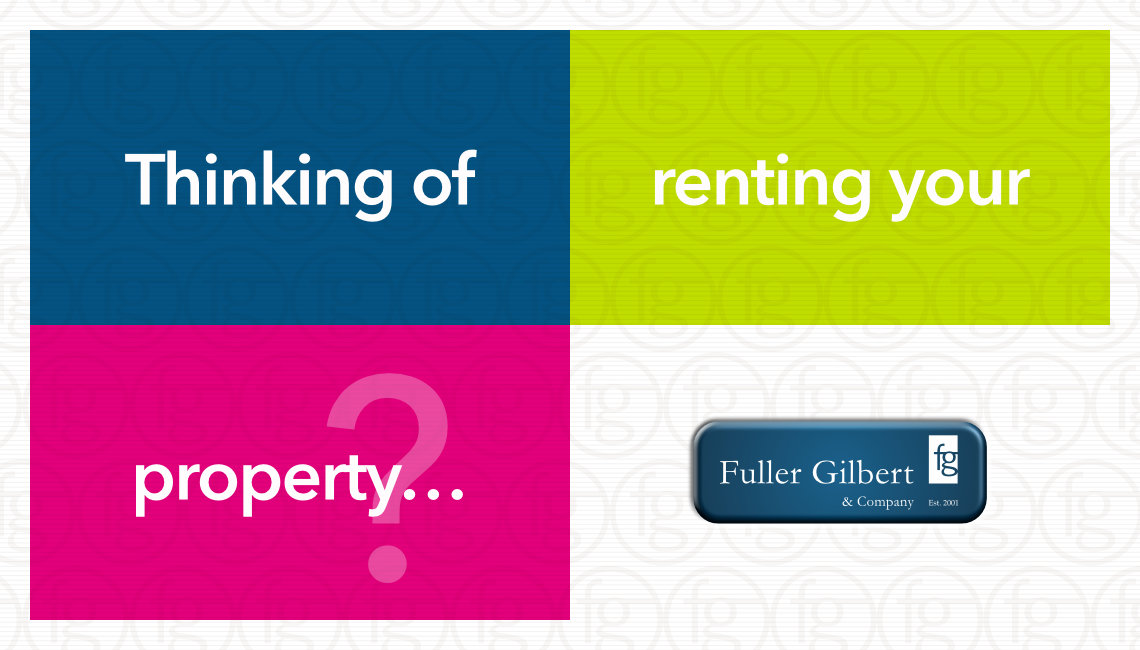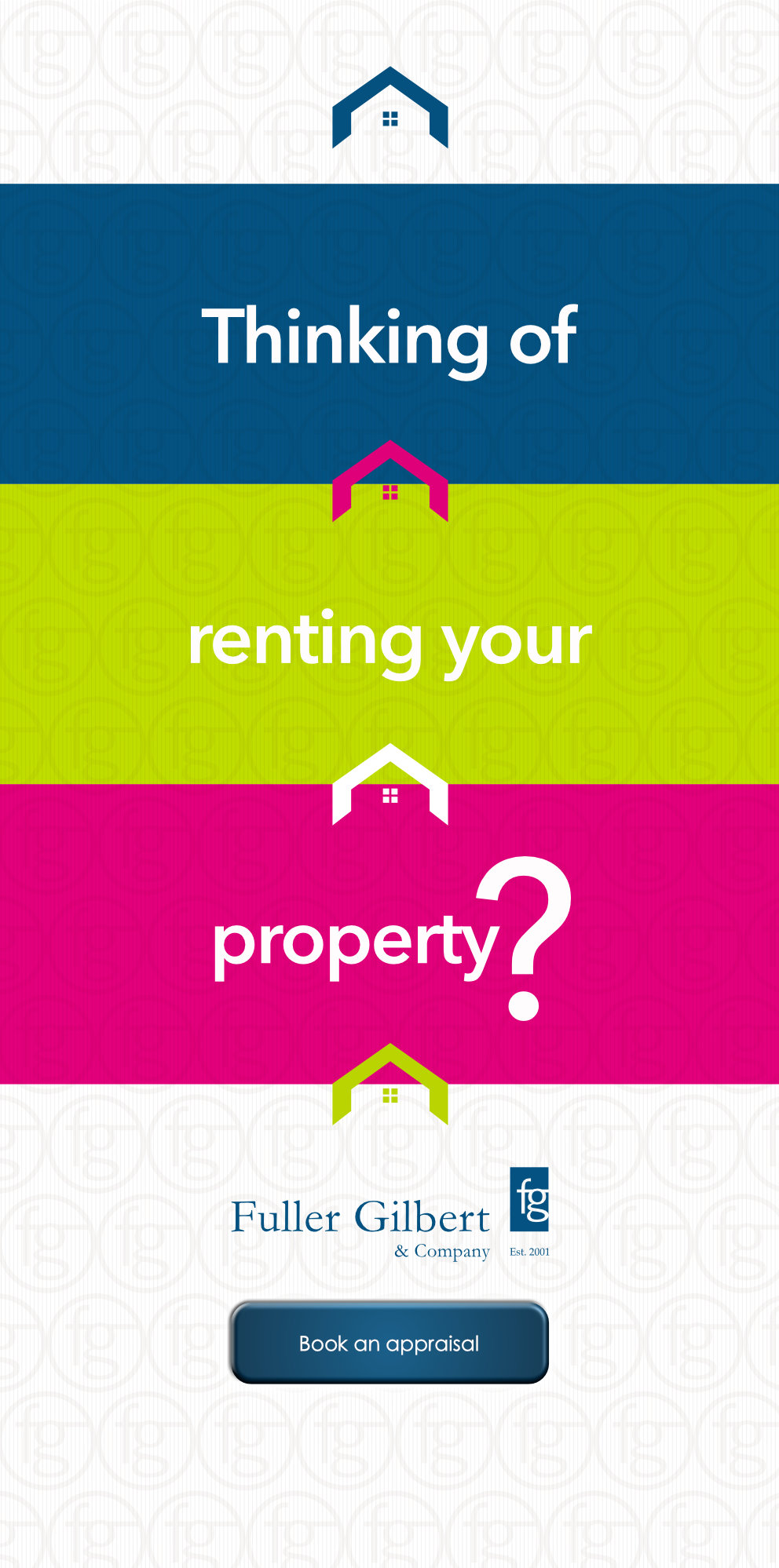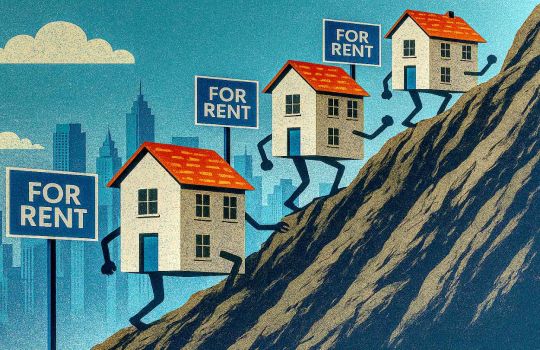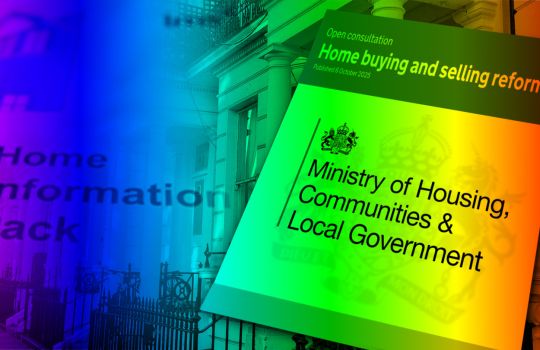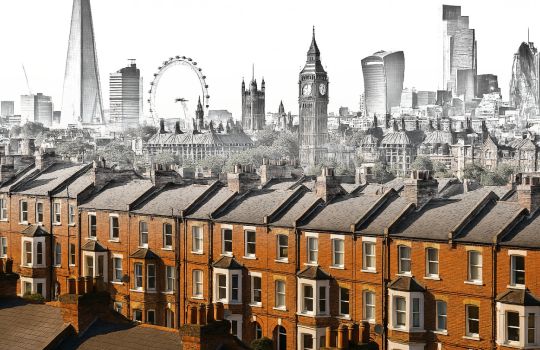Where now?

The property market has been on a rollercoaster ride this year, and the latest Rightmove House Price Index for November 2025 paints a picture of a market in flux. While the figures show a seasonal dip, with new seller asking prices falling by 1.8% (-£6,589) to an average of £364,833, the underlying story is one of uncertainty and strategic pricing. The combination of macroeconomic factors - including speculation about the upcoming Budget, tax changes, and mortgage rate trends - is shaping the market, but it’s the effect these changes have on London’s more expensive property sectors that’s particularly noteworthy.
London’s Uncertainty
For those keeping a close eye on London’s high-end property market, there’s a palpable sense of hesitation in the air. Luxury homes priced over £2 million, already subject to scrutiny in discussions about potential “mansion taxes,” are seeing sales agreements down by a sharp 13% compared to last year. With tax changes looming, many potential buyers in this price band are holding off, uncertain whether the Budget will bring the dreaded increase in property taxes.
For buyers and sellers in the capital, the speculation around mansion taxes and changes to stamp duty is causing a prolonged period of waiting. As Rightmove’s Colleen Babcock points out, these buyers are “waiting to see how their finances will be impacted.” With the Budget due later than usual this year, the delay is causing a particularly long period of market indecision, which is further compounded by the traditional Christmas slowdown that has arrived unusually early.
What does this mean for the market? For sellers in London’s higher price brackets, it’s a tough time to be on the market. The uncertainty is keeping a lid on potential sales, with some sellers adjusting prices more aggressively in an effort to stay competitive.
| Feature - scroll to continue with content... |
| continue reading article... |
Stability With Caution
Homes in the £500,000 to £2 million range are also feeling the effects of Budget speculation, particularly with regards to changes in stamp duty and the possible introduction of new capital gains taxes on higher-value properties. Sales in this segment are down by 8% year-on-year, a more significant drop than the overall market fall of 5%. While not as dramatic as the luxury sector, this dip signals that caution is taking hold across the middle market as well, with would-be movers reluctant to make commitments ahead of the government’s fiscal announcements.
But it’s not all doom and gloom. Babcock highlights that despite the hesitation, the majority of home-movers, particularly those in the middle to lower price ranges, are still going about their business. “The majority of home moves would be unaffected by the rumoured changes to property taxes,” she explains. These buyers may be skittish, but they’re still active - especially in areas outside of central London where more affordable homes are being snapped up as first-time buyers continue to make their move.
A Bright Spot
Interestingly, homes priced below £500,000 - around 75% of the market - are showing greater resilience. Sales agreed in this sector have only fallen by 4% compared to last year, a stark contrast to the more significant declines in higher-priced brackets. For first-time buyers and those in need of affordable housing, this part of the market remains relatively stable, despite the overall unease about economic uncertainty. The anticipation surrounding the Budget is still there, but the reality for many buyers at this level is that affordability remains a priority.
In fact, the affordability factor, alongside falling mortgage rates, may provide some comfort. The average two-year fixed mortgage rate has dropped from 5.06% to 4.41% over the past year, making homeownership a bit more attainable. However, as many have come to expect, the market is still waiting on further moves from the Bank of England. With speculation that a rate cut could come in December, there’s hope that the market will end the year on a more positive note.
Adjusting To Reality
For sellers, it’s clear that pricing strategies are critical right now. Over a third (34%) of homes on the market have had their asking price reduced, with an average price cut of 7%. That’s the largest reduction rate since February 2024, indicating that many sellers are acknowledging the market’s current cooling. In a buyers’ market, the key to attracting attention is offering competitive pricing, and those who aren’t willing to make adjustments risk staying stagnant while others make deals.
Looking Ahead
As we approach the end of 2025, it’s evident that the market is in a period of transition. The highest number of homes available for sale in a decade is keeping pressure on prices, and with concerns over the Budget and potential tax changes still in the air, the market is holding its breath. Thankfully, the coming weeks will bring more clarity about the government’s fiscal plans and the path of mortgage rates, which will remove a lot of the uncertainty and shape the way forward for buyers and sellers alike.
This article is for informational purposes. Always seek professional advice before making any property decisions.

